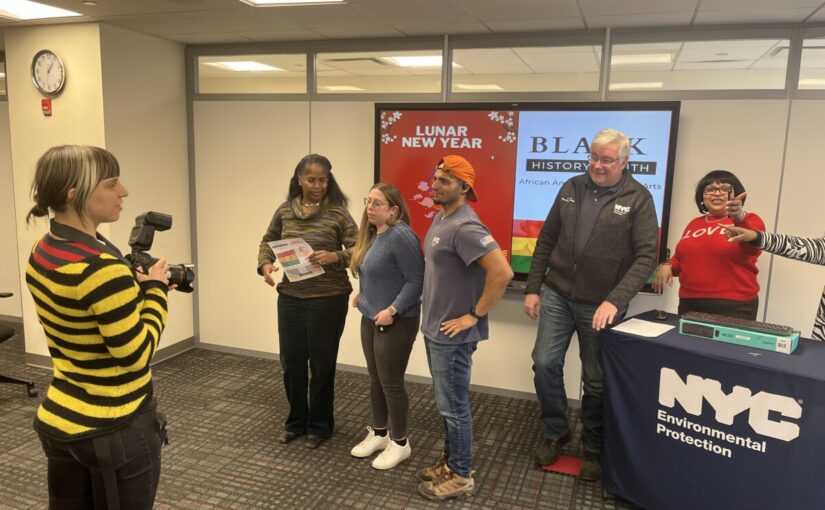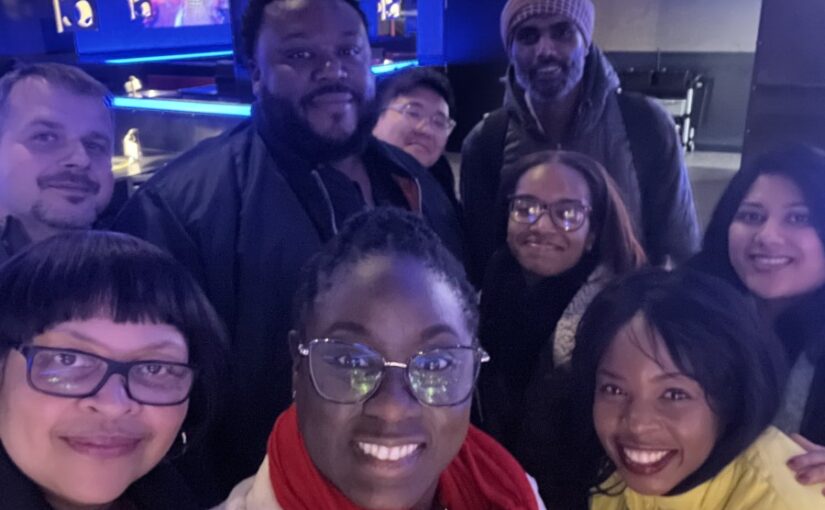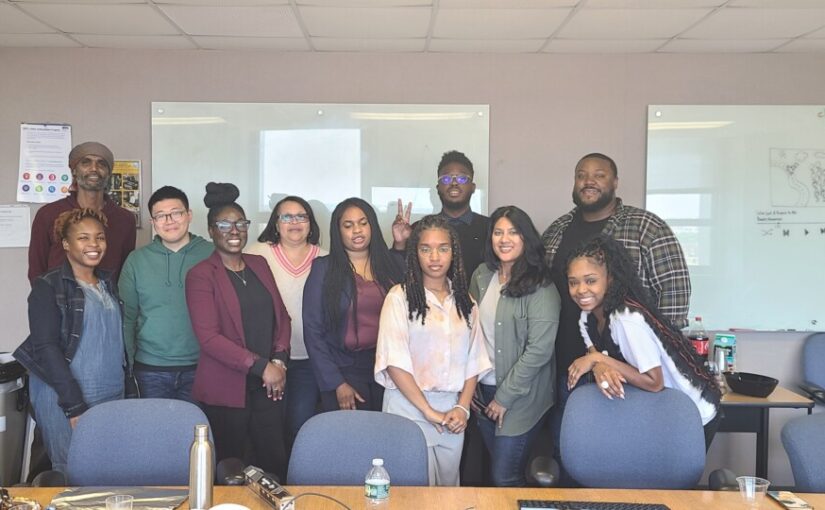Embracing Diversity at the Department of Environmental Protection: A Catalyst for Workplace Success
In the ever-evolving landscape of today’s professional world, the concept of diversity in the workplace has emerged as a pivotal factor in fostering innovation, creativity, and overall success. At the Department of Environmental Protection (DEP), where our mission is to safeguard our environment, embracing diversity is not just a strategic choice but a fundamental element of our commitment to excellence. Let’s delve into the profound importance of diversity and how it contributes to the success of our organization.
**1. Innovation and Creativity at DEP: Diversity at the DEP brings together individuals with unique perspectives, experiences, and problem-solving approaches. When a team consists of people from various backgrounds, it naturally becomes a melting pot of ideas. This diversity of thought stimulates innovation and creativity, paving the way for groundbreaking solutions to complex environmental challenges. Embracing a multitude of viewpoints encourages DEP employees to think outside the box, resulting in a more robust and resilient organization dedicated to preserving our environment.
**2. Increased Productivity in Environmental Stewardship: A diverse and inclusive DEP fosters a culture of open-mindedness and adaptability. Employees are exposed to different ways of thinking, leading to improved problem-solving skills and increased productivity in our mission to protect the environment. When people at the DEP feel valued and included, they are more likely to collaborate effectively, share ideas, and work cohesively as a team, contributing to the overall success of our environmental stewardship initiatives.
**3. Enhanced Employee Satisfaction and Retention in Environmental Conservation: DEP employees thrive in environments where they feel respected and appreciated for their individual contributions to environmental conservation. A workplace that actively embraces diversity and inclusion demonstrates a commitment to equality, positively impacting employee satisfaction. This, in turn, leads to higher retention rates at the DEP, as employees are more likely to stay with an organization that prioritizes their well-being and provides equal opportunities for growth and advancement in environmental protection.
**4. Broader Market Appeal in Environmental Leadership: In an era of increasing environmental concerns, the DEP plays a crucial role in environmental leadership. A workforce that mirrors the diversity of the communities we serve can better understand and respond to the environmental needs of a varied population. DEP’s commitment to diversity not only builds a stronger internal team but also positions our organization for success in addressing the diverse environmental challenges of our community and beyond.
**5. Compliance and Reputation: Beyond the inherent benefits, embracing diversity is often a legal and ethical imperative for the DEP. Our commitment to diversity and inclusion ensures compliance with anti-discrimination laws and regulations. Additionally, the DEP builds a positive reputation, attracting top talent and garnering support from communities who value environmentally responsible practices.
In conclusion, the importance of diversity in the workplace at the Department of Environmental Protection cannot be overstated. It goes beyond meeting legal requirements; it is a strategic imperative for success in our vital mission of environmental protection. Embracing diversity and inclusion fosters a culture of innovation, enhances productivity, and contributes to employee satisfaction, ultimately driving success and prosperity for the DEP and the environment we are dedicated to preserving.













